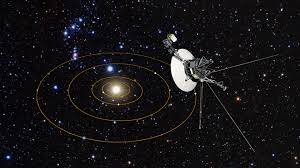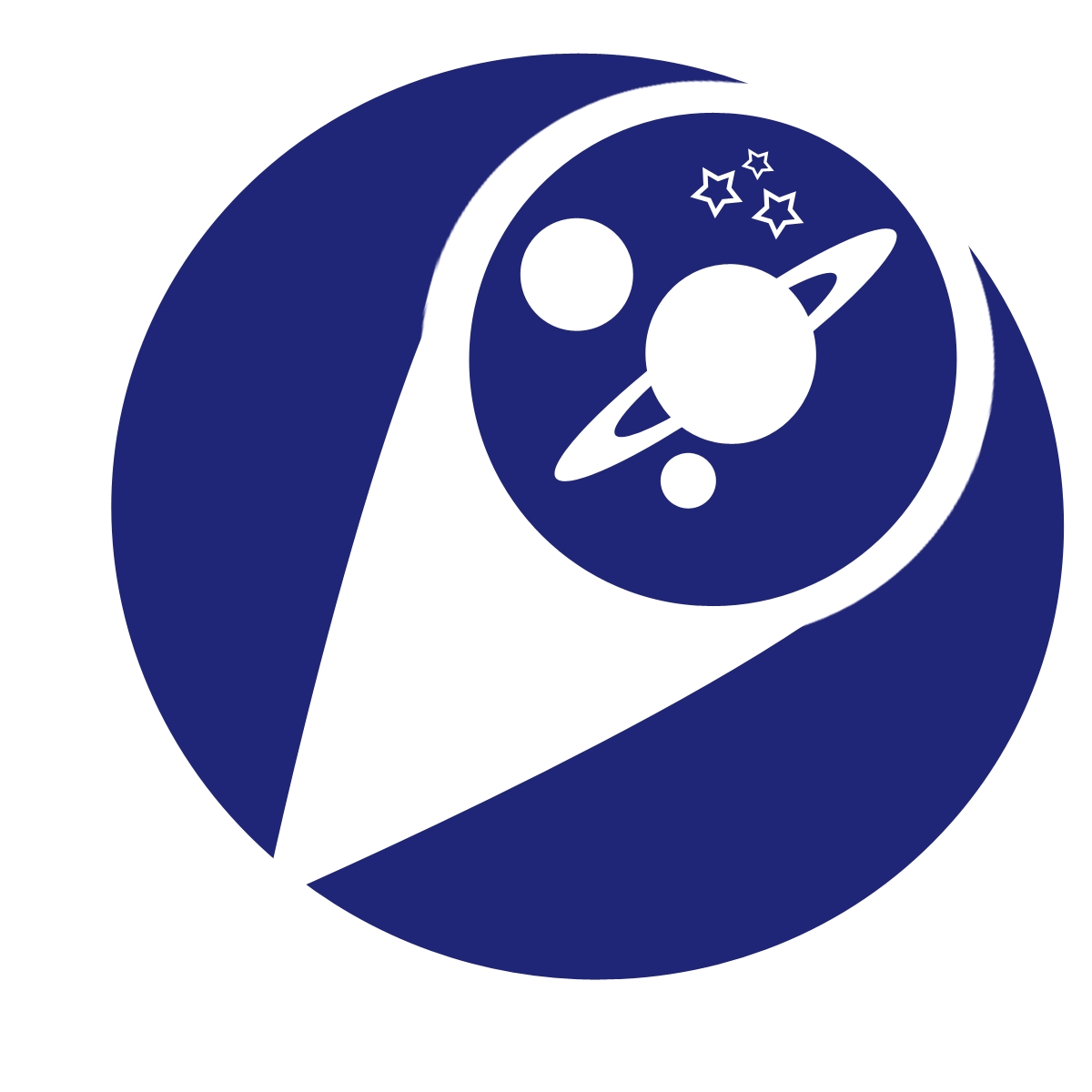I am sure I am not the only one when I say I feel oddly proud about Voyager 1’s recent announcement of hearing a hum in interstellar space.https://bgr.com/science/nasas-voyager-1-is-hearing-something-in-interstellar-space-5924806/
I had nothing to do with the development, launch, tracking or data collection of Voyager 1 or Voyager 2. I was just old enough at the time of launch to appreciate the history being made: the gold plate etched with images depicting our place in the Cosmos, what we looked like, the message from Carl Sagan, music, and a message of Hello translated into many different languages, including that of whales. It is at once hard to believe that this tiny, intrepid, spacecraft launched over 43 years ago is still out there, and yet, unimaginable that it wouldn’t be. There’s nothing out there to stop Voyager 1 in the vacuum of space. There’s not even any friction, like we have with the Earth’s atmosphere. Using orbital mechanics to craft a flight path through the solar system, once Voyager 1 (and Voyager 2) cleared the major and minor planets, there’s nothing left. Voyager 1, at 150 AU, is far beyond the Kuiper Belt. It is in an interstellar “no man’s land,” yet we are still receiving data from it and receiving signals from it. Your coffeemaker has vastly more computing power in it than Voyager 1 or Voyager 2 does. And, yet, we are still making discoveries and learning things about our interstellar neighborhood from it.

Voyager 1 spacecraft venturing out into the Cosmos
Oort Cloud
Perhaps the next most wondrous discovery made by Voyager 1 or Voyager 2 will be the Oort Cloud. Long theorized as a field from which long period comets travel into our solar system, the Oort Cloud lies between 20,000 and 50,000 AU. It has taken Voyager 1 over 43 years to travel 150 AU, so around 3 AU per year. At that rate, it will be over 6500 years before it reaches the beginning of the Oort Cloud. Can you imagine being around in 6500 years and coming across this tiny, intrepid spacecraft launched at a time when our technological capabilities were so nascent? I think of the first Star Trek movie when I ponder this, and how some other civilization will react when they encounter Voyager 1. If you haven’t seen it, I highly recommend it. It really makes you think about our place in the Cosmos and the interactions another civilization might have when they find our spacecraft.
Exploring the Cosmos
By the time Voyager 1 reaches the Oort Cloud, humanity will be living off planet. We will have figured out how to do interstellar travel within human lifetimes. We will have colonized the Moon and Mars and learned if there is life elsewhere in our solar system. We will probably have traveled to several of the over 2500 exoplanets astronomers have discovered in the last 25 years.
Wouldn’t you love to be around for this, to see how it all turns out?
Thanks for visiting. Please share and subscribe.

